
The Influence of Artificial Lighting on Basil's Bioactive Compounds: Implications for Agriculture and Medicine
- Home
- The Influence of Artificial Lighting on Basil’s Bioactive Compounds: Implications for Agriculture and Medicine
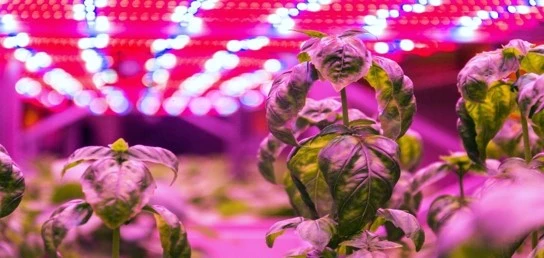
The Influence of Artificial Lighting on Basil’s Bioactive Compounds: Implications for Agriculture and Medicine
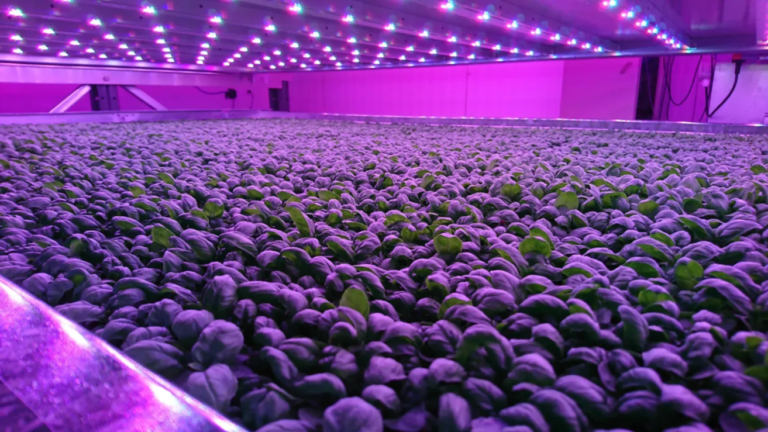
Abstract: Despite the increasing issues with chronic diseases and antibiotic resistance, conventional medicine often doesn’t provide long-term solutions. This highlights the need for alternative treatments. Traditional herbal remedies, like basil, have been overlooked, even though they could help with many health problems.
Basil (Ocimum basilicum) has been used for a long time in traditional medicine to treat various illnesses. According to a study, different types of basil plants show differences in their physical features, how they grow, and how much essential oil they produce. The study found that the Nexsel Tech.PVT.Ltd variety of basil was the best for plant biomass, while Cinnamon basil produced the most essential oil. The gas chromatographic analysis revealed significant differences in the composition of the oils from different basil varieties. Seasonal changes also greatly affected plant growth, oil yield, and oil composition when Reunion and Anise basil were grown in the same soil over successive years.
All varieties were susceptible to cold temperature injury caused by ground frost. Variations in oil composition due to environmental factors appear to be of the same order of magnitude as genetic factors. Data are provided on the yield, composition, and physical appearance of extracts within the same variety obtained by hydrodistillation and with CO2.
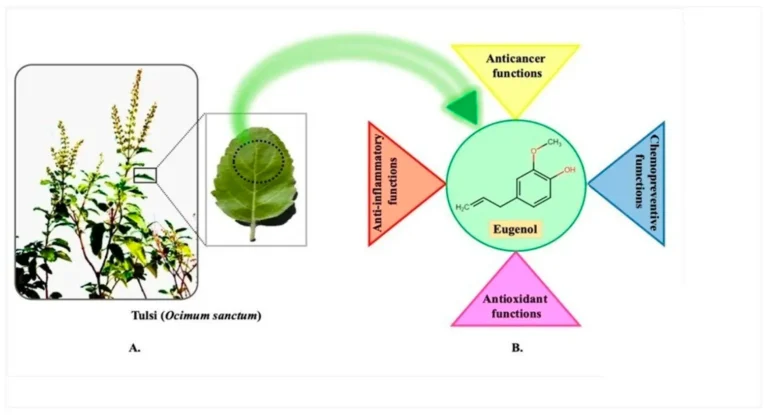
Introduction: Basil (Ocimum basilicum) is a well-known herb with a rich history of traditional uses. It contains a variety of beneficial phytochemicals, making it a strong candidate for drug development. Its unique chemical profile and potential health benefits make it an exciting area of research for new medicinal discoveries. Artificial light plays a crucial role in optimizing the growth and chemical composition of basil plants (Ocimum basilicum). By carefully managing light conditions, we can significantly improve the levels of valuable chemical compounds in basil, such as essential oils, antioxidants, and phytochemicals.
Basil plants are known for their rich profile of bioactive compounds, which contribute to their flavor, aroma, and health benefits. However, the concentration of these compounds can be influenced by various environmental factors, including light. Artificial lighting allows for precise control over the light spectrum, intensity, and duration, which can be tailored to meet the specific needs of basil plants at different growth stages. Research has shown that different wavelengths of light can enhance the production of essential oils, increase antioxidant activity, and boost the levels of key phytochemicals in basil. For instance, blue light is known to support leaf growth and increase flavonoid content, while red light can enhance essential oil yield and overall plant biomass.
By utilizing artificial light in a controlled environment, growers can optimize basil’s chemical profile, leading to improved quality and potency of the plant’s active compounds. This approach not only enhances the plant’s medicinal and culinary value but also supports sustainable agricultural practices by maximizing crop productivity and efficiency.
Advantages of CO2 Extraction: CO2 is a great choice for extraction because it is non-toxic, non-flammable, recyclable, and cost-effective. It is also easy to remove from the final extract. This method has already proven effective in extracting polyphenols from various plants, providing excellent yields and high-quality bioactive compounds.
Background Information: Chemical compounds play a crucial role in drug development. Many medicines are derived from plant-based compounds, which are essential in pharmaceutical research due to their diverse therapeutic properties.
Kingdom: Plantae
Division: Magnoliophyta
Class: Magnoliopsida
Order: Lamiales
Family: Lamiaceae
Genus: Ocimum
Species: O. basilicum
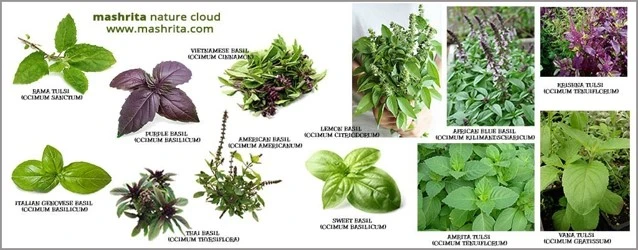
Basil: Occurrence, Cultivation, Classification, and Varieties: Basil (Ocimum basilicum L.) is a valuable plant known for its essential oil, medicinal properties, and use in cooking. It belongs to the Lamiaceae family and thrives in tropical and subtropical climates. Basil’s essential oil is commonly used in oral health products, dental care, fragrances, and the food industry. In laboratory conditions, basil seeds have a germination rate of 95-98%, while in the field, it is about 10-15%. Every part of the basil plant—leaves, flowers, and essential oil—is useful, and it is also grown as an ornamental plant.
Key basil varieties include:
- Sweet Basil
- Purple Basil
- Lemon Basil
- Cinnamon Basil
- Anise Basil
- Fine Leaf Basil
- Bush Basil
Common pests affecting basil are aphids, leafhoppers, and whiteflies.
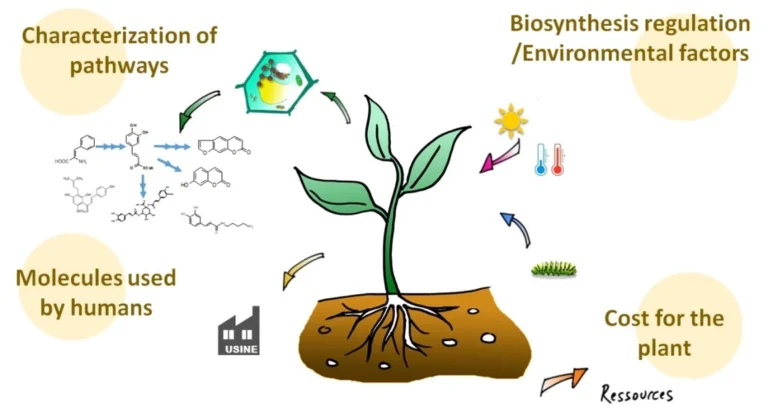
Basil Diseases and Stress Factors: Basil plants are prone to several important diseases, including Fusarium wilt, Botrytis gray mold, and leaf spot. They are also sensitive to drought, which can significantly reduce their fresh and dry yield, essential oil content, and key chemical components like proline, carbohydrates, and proteins. Research by Kalamartzis et al. suggests that basil varieties in semi-arid regions should be more efficient in using water to conserve resources. Typically, basil stems are harvested at 1.2–2 tons per hectare (fresh weight 8–10 tons per hectare). The main diseases affecting basil are:
- Fusarium Wilt (caused by Fusarium oxysporum f. sp. basilicum)
- Leaf Spot (caused by Pseudomonas cichorii)
- Gray Mold (caused by Botrytis cinerea)
- Damping Off or Root Rot (caused by Rhizoctonia solani and Pythium spp.)
- Downy Mildew (caused by Peronospora belbahrii)
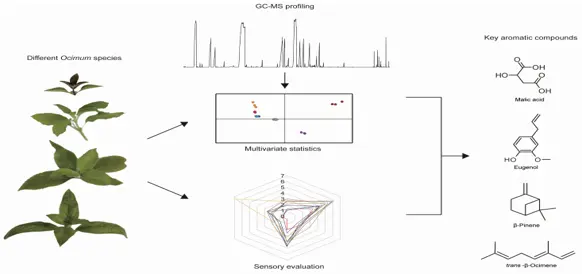
Location and Components: A greenhouse experiment on growing crops without soil took place from August to November 2024 at Nexsel Tech Pvt Ltd (32°26′43″N, 81°46′45″W). The study focused on the growth, yield, quality, and nutrition of the basil variety Aroma 2 under hydroponic and crayfish-aquaponic systems. Commercially, we used two types of crayfish: Procambarus clarkii and White River crayfish (Procambarus zonangulus). Basil is rich in vitamins and minerals and contains antioxidants like lutein, zeaxanthin, beta-carotene, and beta-cryptoxanthin. It also has estragole, also known as methyl chavicol, which is a small carbon-based molecule used in perfumes. Estragole is found in basil, fennel, pine oil, and tarragon. The name “estragole” is derived from the French word for tarragon, “estragon.” Basil grows best with nutrients that are balanced in nitrogen, phosphorus, and potassium, such as an NPK ratio of 10-10-10. For a balanced mix, we recommend Dr Earth All Purpose. Once the basil plants are established, switch to plant food with higher nitrogen content, like an NPK ratio of 10-5-5.

Medicinal Uses and Health Benefits in Modern Medicine: Basil has a long history of being used to treat various health issues, including anxiety, fever, infections, insect bites, stomach aches, coughs, headaches, and constipation. It is known to help manage and lower blood glucose levels, and it has anti-spasmodic and anti-diabetic properties. Additionally, basil has shown anti-bacterial, anti-fungal, and antioxidant effects in previous studies. One of the key medicinal compounds in basil is eugenol, which is known for its anti-fungal, anti-bacterial, and nematocide properties, particularly against harmful bacteria in food. Basil leaf extracts, especially when made with ethanol, can help lower blood glucose levels and reduce advanced glycation end products in diabetic rats. In traditional medicine, basil leaves are used for their antispasmodic, carminative (to relieve flatulence), and stomachic (to improve digestion) properties.
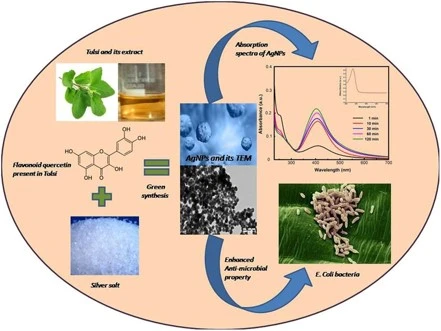
Essential Oil and Benefits of Basil: Basil leaves contain several important compounds, including alkaloids, tannins, flavonoids, and saponins. The essential oil from basil has antioxidant, anti-inflammatory, and antimicrobial properties. Basil seeds offer various health benefits. They have diuretic (promote urine production), antipyretic (reduce fever), antispasmodic (relieve muscle spasms), and stomachic (aid digestion) effects. Basil seed mucilage is useful due to its ability to attract water, its biocompatibility, low production cost, and suitability for forming films. It is also edible and has good viscoelastic properties. Basil polysaccharides have multiple health benefits, including anti-tumor, antioxidant, anti-aging, anti-bacterial, anti-atherosclerotic (preventing artery hardening), and immune-boosting effects. They are also useful in managing diabetes mellitus.

Chemical Treatments and Applications: Plants grown in aquaponic systems that rely solely on fish waste can sometimes lack essential nutrients like potassium (K), sulfur (S), iron (Fe), and manganese (Mn). To ensure plants receive all necessary nutrients, it’s important to provide additional external nutrients. For both aquaponic and hydroponic systems, a basic start-up nutritional dose was applied. In the hydroponic tanks, Floranova Grow (7:4:10) from General Hydroponics Inc. was used at a rate of 1.25 ml per liter. Each tank received 104 ml of this fertilizer. Floranova Grow contains 7% nitrogen (N), 4% phosphorus (P2O5), 10% potassium (K2O), 4% calcium (Ca), 2% sulfur (S), 1.5% magnesium (Mg), and 0.1% iron (Fe), along with less than 0.1% of various micronutrients (Boron, Chlorine, Cobalt, Manganese, Molybdenum, Zinc). Additionally, a dechlorinator (AquaSafe) was added to all tanks at a rate of 10 ml per 37.85 liters (10 gallons), with each tank receiving 22 ml.
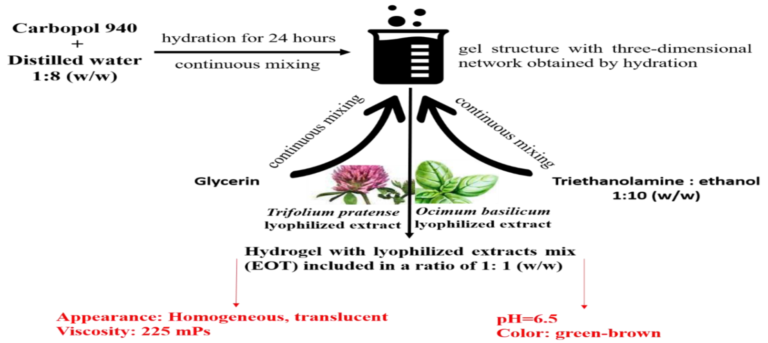
Conclusion: Using supercritical CO2 with 10% ethanol as a co-solvent for 2 hours to extract basil (Ocimum basilicum L.) leaves yielded about 6.26 grams per 100 grams. This yield is very close to the yield obtained using 100% ethanol. Increasing the amount of ethanol beyond 10% did not significantly improve the yield. Ethanol as a co-solvent changes the polarity of the extraction fluid, allowing for more compounds to be recovered. However, it is better to use a lower percentage of ethanol to minimize the use of organic solvents and reduce costs.
The two basil varieties, “Genovese” and “Italiano Classico,” treated with this extraction method showed similar levels of total and individual polyphenols compared to the control method. Notably, they had higher amounts of caffeic acid, a phenolic acid known for its numerous health benefits. The supercritical extracts also exhibited greater antioxidant activity than the control, as measured by the ABTS●+ assay. Additionally, these extracts contained higher levels of bergamotene and linalool, key components of basil essential oil with known bioactive properties, including anti-inflammatory, antimicrobial, and antitumor effects.
In summary, basil leaf extracts obtained using supercritical CO2 and 10% ethanol are rich in bioactive compounds. They have potential applications in the food industry for active packaging, in cosmetics, or as pharmaceutical agents, subject to further validation.
Acknowledgements: Would like to thank all team member Nexsel Research Center (NRC) for statistical support. All authors contributed equally to literature research, and writing manuscript. The authors consent for the publication of this review. The authors declare that they have no potential conflicts of interest.
Data Availability Statement: Data is contained within the article.
Research facility: Nexsel Research Center (NRC) Agricultural service in kasurdi ,maharashtra.
References
- Ciriello, M.; Formisano, L.; El-Nakhel, C.; Kyriacou, M.C.; Soteriou, G.A.; Pizzolongo, F.; Romano, R.; De Pascale, S.; Rouphael, Y. Genotype and successive harvests interaction affects phenolic acids and aroma profile of genovese basil for pesto sauce production. Foods2021, 10, 278. [Google Scholar] [CrossRef] [PubMed]
- FAOSTAT. FAO Global Statistical Yearbook. 2017. Available online: http://www.fao.org/faostat/en/#data/QC(accessed on 5 August 2022).
- Makri, O.; Kintzios, S. Ocimumsp. (basil): Botany, cultivation, pharmaceutical properties, and biotechnology. J. Herbs Spices Med. Plants2008, 13, 123–150. [Google Scholar] [CrossRef]
- Lee, J.; Scagel, C.F. Chicoric acid found in basil (Ocimum basilicumL.) leaves. Food Chem.2009, 115, 650–656. [Google Scholar] [CrossRef]
- Tarchoune, I.; Sgherri, C.; Izzo, R.; Lachaâl, M.; Navari-Izzo, F.; Ouerghi, Z. Changes in the antioxidative systems of Ocimum basilicumL. (cv. Fine) under different sodium salts. Acta Physiol. Plant2012, 34, 1873–1881. [Google Scholar] [CrossRef]
- Peng, Y.; Sun, Q.; Park, Y. The bioactive effects of chicoric acid as a functional food ingredient. J. Med. Food2019, 22, 645–652. [Google Scholar] [CrossRef] [PubMed]
- Chaudhary, A.; Jaswal, V.S.; Choudhary, S.; Sharma, A.; Beniwal, V.; Tuli, H.S.; Sharma, S. Ferulic acid: A promising therapeutic phytochemical and recent patents advances. Recent Pat. Inflamm. Allergy Drug Discov.2019, 13, 115–123. [Google Scholar] [CrossRef] [PubMed]
- Mussatto, S.I.; Dragone, G.; Roberto, I.C. Ferulic and p-coumaric acids extraction by alkaline hydrolysis of brewer’s spent grain. Ind. Crops Prod.2007, 25, 231–237. [Google Scholar] [CrossRef]
- Blog Categories
- Basic of Artificial Lighting for Plants
- Basic of grow Light
- Case Studies
- General Awareness
- Indoor Vertical Farming
- Medical Plant Research
- Online Tool
- Pitch Grow Light
- Plant Lighting Measurement
- Speed Breeding
- Supplemental Lighting
- Tissue Culture Grow Lights
- Vertical Green Wall
- LED Grow Lights
- Pharma Segment
- General
Popular Products
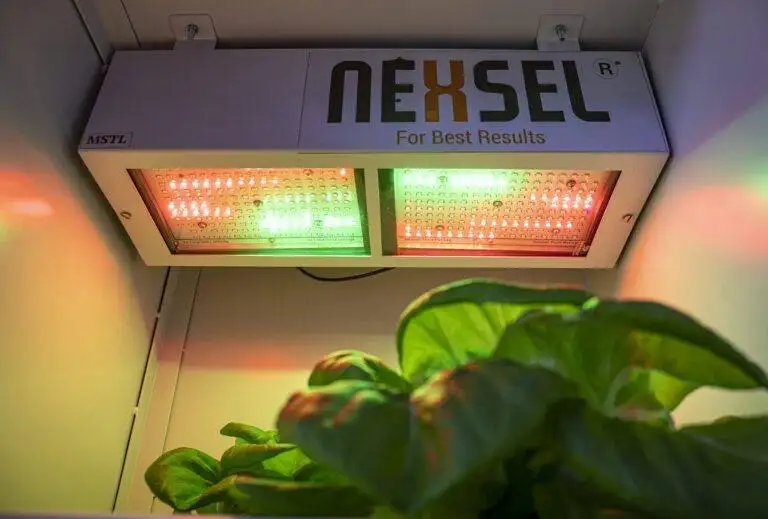
Enquire Now
Quick Link
Other Links
Design & Developed By VBTEK



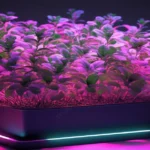
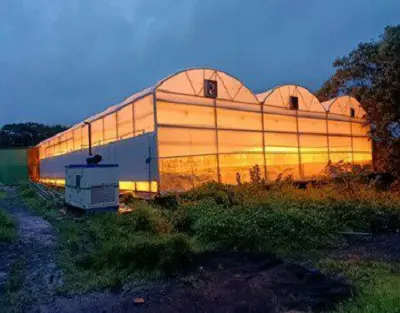
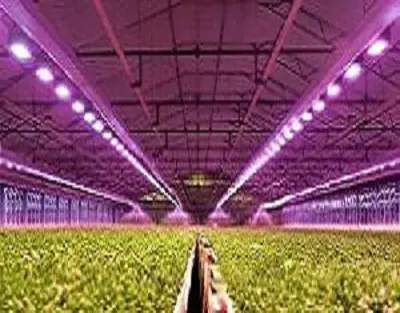
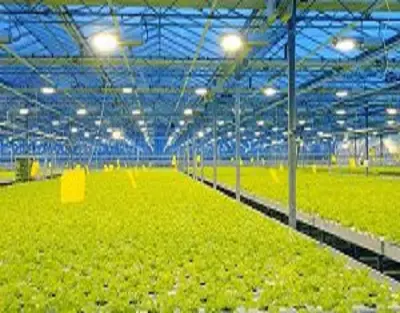
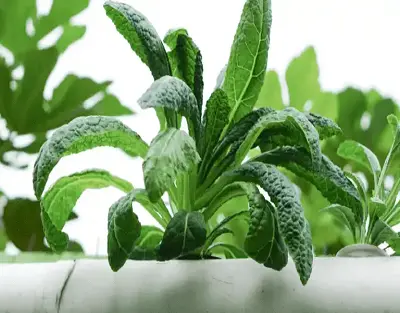
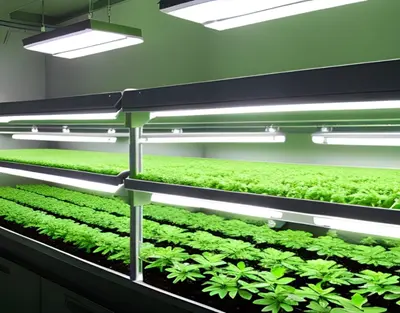
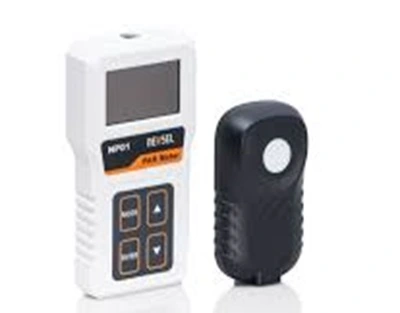
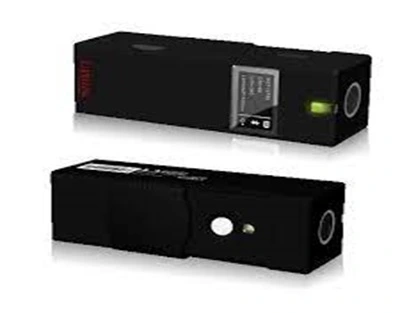
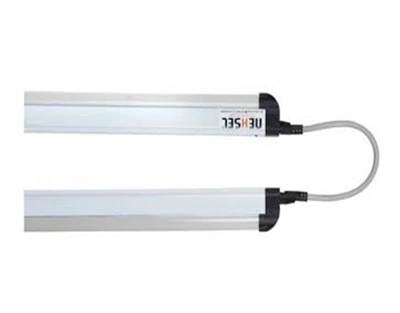








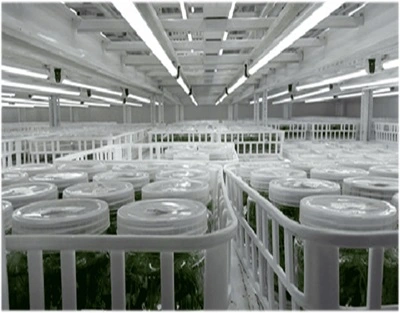
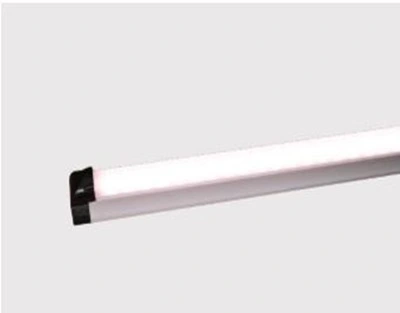
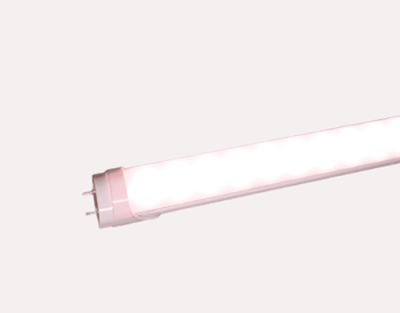
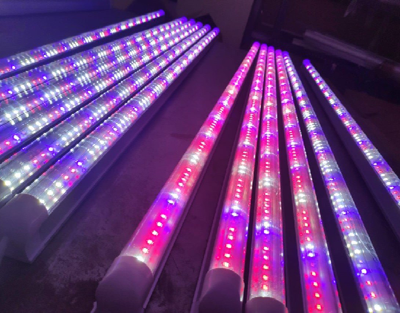

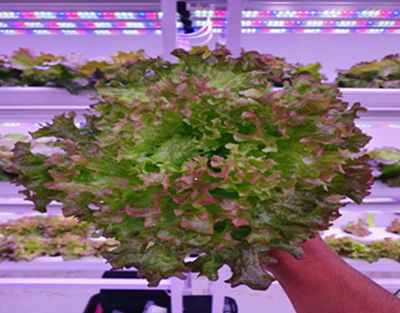
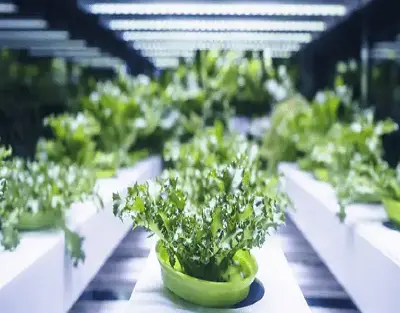
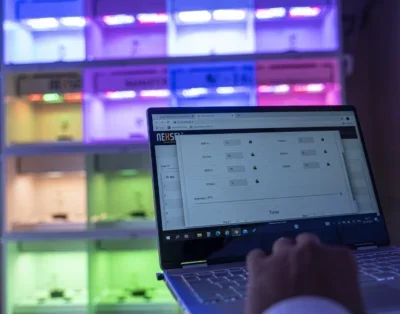


Leave A Comment